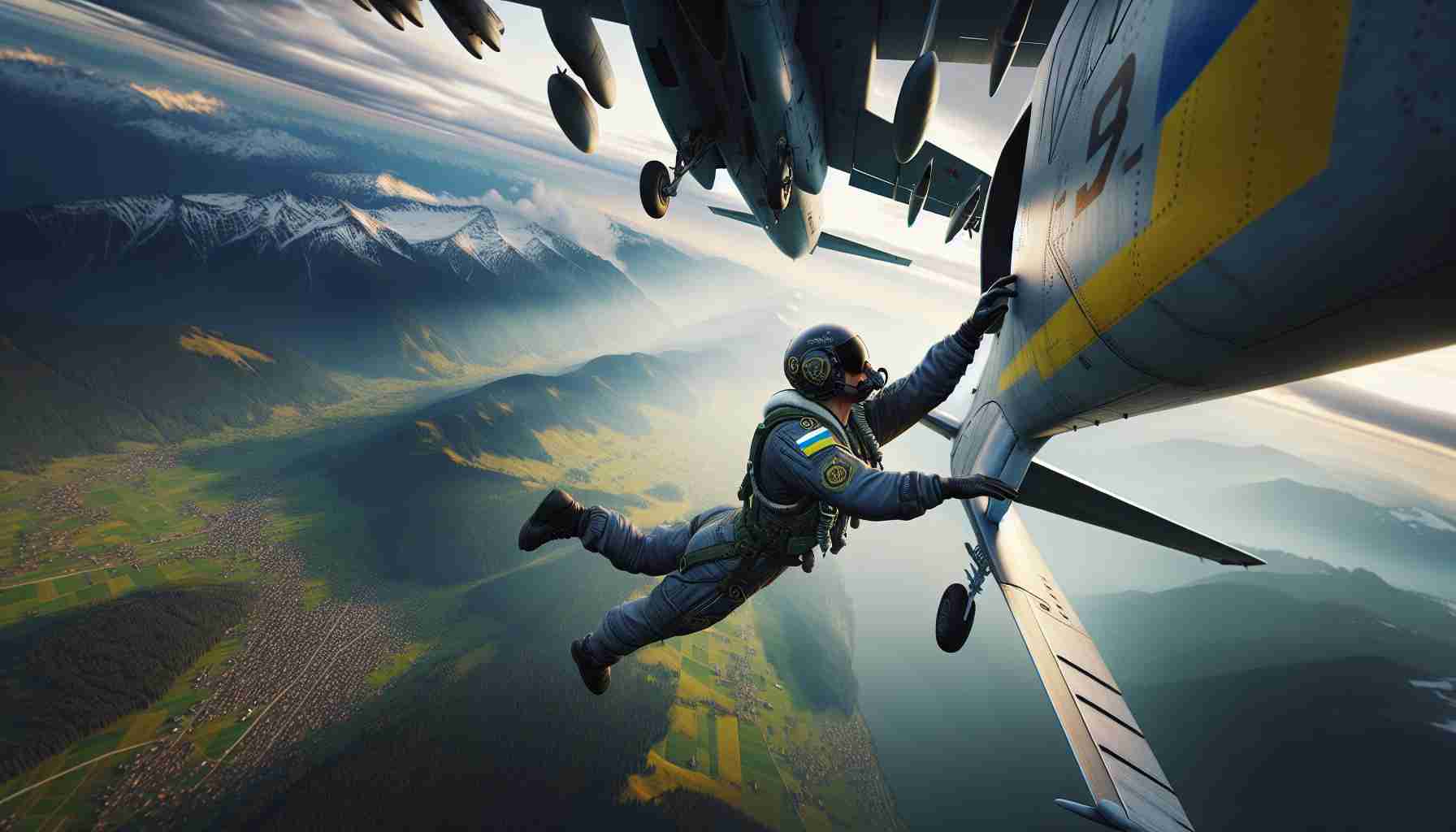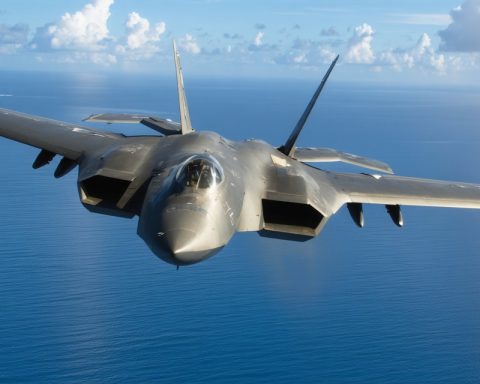In an extraordinary display of skill and bravery, a Ukrainian pilot flying an F-16 Viper has reportedly set a new benchmark for aerial combat. The pilot managed to take down a total of six Russian cruise missiles in a single, intense mission, marking a first in the fighter jet’s operation history. This daring feat unfolded during a massive Russian assault on December 13, involving nearly 200 drones and over 90 diverse missiles.
Equipped with State-of-the-Art Arsenal, the Ukrainian pilot embarked on this mission with a pair of medium-range and two short-range air-to-air missiles, and 500 rounds in the aircraft’s 20mm cannon. As the missiles streaked through the sky, the pilot demonstrated remarkable precision and the ability to navigate hostile electronic warfare.
The pilot achieved a significant milestone by destroying four cruise missiles using air-to-air missiles. But as the assault persisted and fuel ran low, the pilot noticed additional missiles bearing down on Kyiv. Despite orders to return to base, the pilot resolved to intercept them.
In a daring and highly risky maneuver, the pilot engaged a missile traveling at 650 kilometers per hour with the aircraft’s cannon. Exhibiting nerves of steel, the pilot struck a missile from an incredibly close range, resulting in a spectacular explosion followed by a second detonation. As the news reached international circuits, even American experts expressed amazement at the pilot’s unparalleled combat acumen.
The victory is dedicated to fellow airmen, catalyzing a renewed urgency in training Ukrainian pilots on F-16 simulators to ensure rapid readiness and resilience against future threats.
Ukrainian Pilot’s F-16 Feat Highlights New Aerial Combat Trends
In a significant advancement for military aviation, a Ukrainian pilot operating an F-16 Viper has achieved an unprecedented milestone in aerial combat, notably enhancing the discourse around modern fighter jet capabilities and training methodologies. This accomplishment comes amidst a dramatic scenario where the pilot downed six Russian cruise missiles in a single mission. The engagement unfolded during an extensive Russian offensive on December 13, comprising nearly 200 drones and over 90 various missiles.
Advanced Training and Simulator Use: A New Era of Pilot Preparedness
Following this exceptional event, there is an intensified focus on utilizing F-16 simulators for training Ukrainian pilots. Simulators offer an essential tool for rapid skill acquisition and tactical readiness without the risk and cost associated with live training exercises. These platforms enable pilots to rehearse complex scenarios under varied conditions, enhancing their response strategies against diverse threats.
Aerial Combat Innovations Meet Precise Execution
During the mission, the pilot employed not only state-of-the-art air-to-air missiles but also demonstrated critical execution with the jet’s 20mm cannon under dwindling resources. The ability to effectively switch to and engage threats with onboard cannons emphasizes the importance of versatility and decision-making in combat.
Pros and Cons of F-16 Fighter Jets in Modern Warfare
Pros:
– Versatility and Agility: The F-16 is known for its exceptional maneuverability and has been upgraded with advanced avionics over the years.
– Weaponry Compatibility: It can carry a diverse range of weaponry and is adaptable to different combat scenarios.
Cons:
– Operational Costs: Maintaining advanced jets like the F-16 can be expensive.
– Aging Fleet Concerns: Despite upgrades, newer models are required to keep pace with modern threats.
International Recognition Sparks Strategic Discussions
The pilot’s actions have drawn international admiration, including acknowledgment from American military experts. This has spurred discussions about potential collaborations and support to bolster Ukraine’s aerial defense capabilities, providing insights into future international military alliances and resource sharing.
Future Predictions: Enhanced Combat Strategies
Looking ahead, there is a growing impetus to transition to more advanced fighter jet technologies and strategies. Nations may increasingly invest in developing next-gen fighter capabilities, emphasizing electronic warfare and cybersecurity measures as integral components of aerial combat systems.
For more insights into military aviation developments, visit Lockheed Martin.







